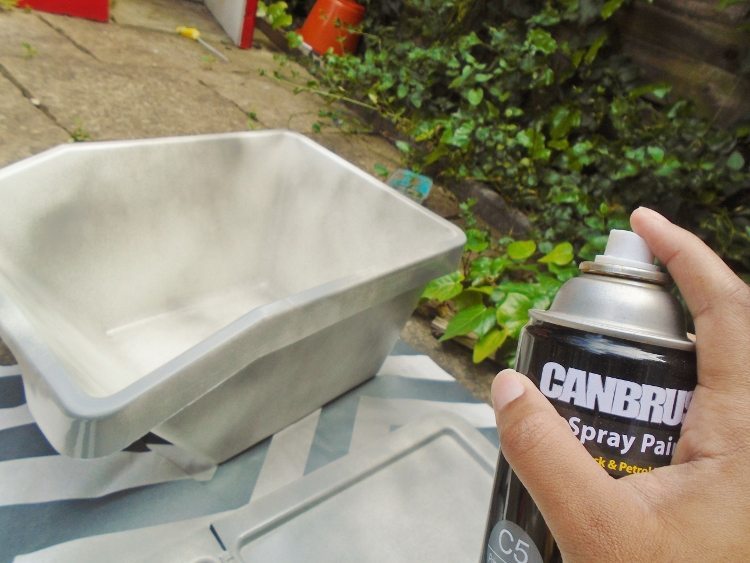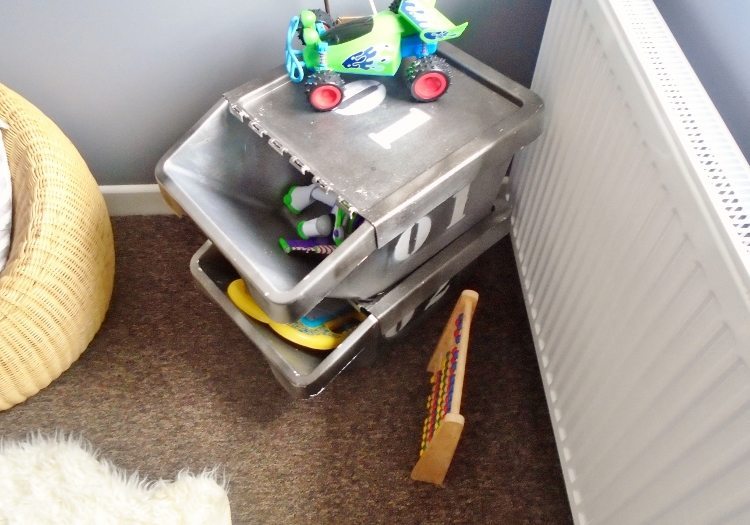
Since the processing of glass includes the removal of lids, corks, and labels, you don't necessarily have to take those off before throwing away your glass, but it is important to empty them before disposal. Mirrors and window glass can be brought to a recycling center. Other types of glass, such as drinking glasses or bowls belong to the residual waste. These containers can be used to dispose of glass bottles and jars in which drinks, food, cosmetics, perfumes, and medicines have been stored. Glass can be reused endlessly, saving tons of raw materials along the way! Glass jars and bottles can be disposed of in special glass containers - you should be able to find one of these easily in the vicinity of your house. One of the most environmentally friendly waste is glass. In smaller cities without underground containers, plastic bags are collected door-to-door. Most times, you'll find these nearby the supermarket. If you live in a high-rise building, you can recycle your plastic waste in a container for plastic. When applicable, you can order these online or find them in your supermarket. In some municipalities, it's mandatory to put your plastic waste in a PMD or clear bag meant for plastic waste. You'll be able to recycle plastic packaging together with metal packaging (such as soda cans or food cans) and drinking cartons. Processing plastic with half-full packaging will be more complicated and therefore slower. Make sure to empty your packaging as much as possible before disposing of it. To be sure which plastic packaging can be recycled, check the instructions on the packaging itself. Plastic packaging includes plastic yogurt cups, plastic fruit bowls, and plastic packaging for vegetables, bread, and toilet paper. #3 Plastic packagingĬertain types of plastic packaging can be recycled and turned into new plastic products, such as shampoo bottles, lunch boxes, and buckets.

You'll find these compostable bags in the supermarket. Tip: put a biodegradable and compostable bio bag into your container, so your container will stay cleaner. Although high-rise buildings do not usually have access to organic containers, low-rise houses have their own container for the collection of this waste. This type of waste will then be collected, fermented, and composted into useful products, such as green gas, CO2, compost, and water. Veggies, fruits, and food leftovers can be placed in a special container for organic waste.

Plasticized paper can't be recycled and belongs in the residual container.

Used tissues, milk cartons, or dirty pizza boxes do not belong in the paper waste bin. Flatten or tear cardboard boxes into pieces so that more can fit in the container.Īny plastic leaflets should be removed from the cardboard before recycling.
Ikea recycle bins free#
To recycle these items properly, they should be clean, dry, and free of any product residue. In these containers, you can place anything from newspapers, folders, envelopes, toilet rolls, and cardboard boxes.

Old paper and cardboard recycling containers can be found everywhere in the Netherlands. The more paper we recycle, the fewer trees will be cut down for paper.
Ikea recycle bins how to#
Let's give you some guidelines on how to recycle your waste in a proper way! #1 Paper & cardboard More and more municipalities are even giving fines if you don't recycle your waste properly. To ensure a cleaner environment and to support upcycling as much as possible, separating your waste is essential. Don't know where to start with your recycling journey? Let's introduce you to the general rules you should keep in mind when recycling here in the Netherlands.


 0 kommentar(er)
0 kommentar(er)
